The French press, also known as a press pot or plunger pot, has been a staple in coffee lovers' kitchens for generations. With its elegant design and straightforward process, the French press allows you to craft a bold, flavorful, and deeply satisfying cup of coffee.
Below, we'll provide you with comprehensive insights into the French press, how to make French press coffee at home, and how the brewing method compares to other methods.
What Is A French Press Coffee?
A French press coffee, referred to as a press pot or plunger pot coffee, entails a manual way to brew coffee. When making coffee in a French press it entails immersing coarsely ground coffee beans in hot water and subsequently isolating the brewed coffee from the grounds through the utilization of a plunger equipped with a mesh filter. This method is renowned for producing a full-bodied and flavorful cup of coffee with rich aromas and robust taste.
How Does French Press Coffee Compare To Regular Drip Coffee?
The French press method of brewing coffee doesn't filter out any of the beans' natural oils. It's a full immersion method, with no paper filter to get in the way of the coffee grounds and the brew.
The resulting coffee has a deep and rich flavor that you can't achieve with a normal drip machine. French press coffee is often made using freshly ground coffee beans, which also boosts the depth of coffee flavor.
How To Make French Press Coffee
Step 1: Boil The Water
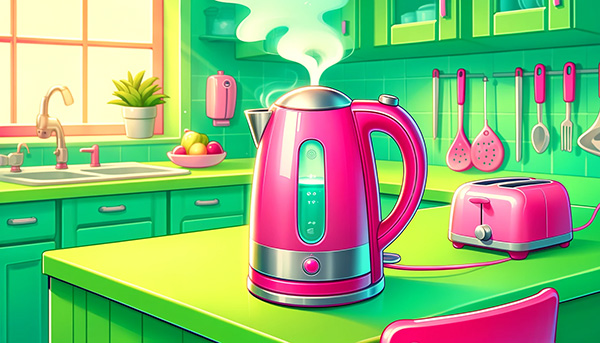
Start by heating water to just below boiling point in a tea kettle or electric kettle, around 200°F (93°C). Within this temperature range, the extraction process is optimized while avoiding any scalding of the coffee grounds.
Step 2: Measuring The Coffee Beans
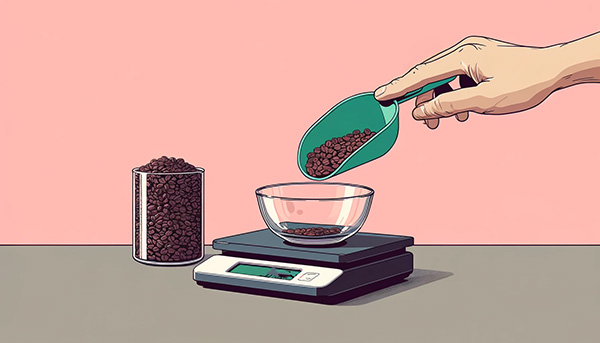
It's vital to use the correct ratio of coffee to water when making great coffee. The ratio is typically measured by weight, using a ratio of 1 gram of coffee beans to 12 grams of water. Some people prefer a 1:10 ratio, while others like the stronger flavor of 1:15. If you'd prefer to measure out your ratio using capacity rather than weight, this typically equates to 1/4 cup of coffee beans to 1 cup of water. It's important to experiment and find the best ratio to make a great cup of coffee that meets your taste.
Step 3: Grinding The Coffee Beans
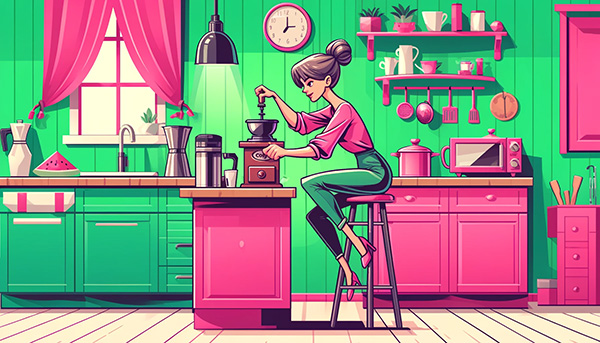
For delicious coffee, it's important to use the proper grind size of coffee. If the coffee grounds are too fine, a good amount of them will make their way through the filter. This will result in a muddy coffee with a bitter taste. On the other hand, too-coarsely ground coffee beans will give you a coffee that lacks much flavor.
When grinding your coffee, target a consistency where all the grounds are similar in size to breadcrumbs or coarse kosher salt. It's easiest to achieve this coarse grind if you use a conical burr grinder or a commercial coffee grinder.
Only grind as many beans as you need for one carafe of French press coffee, and add the ground coffee into an empty French press.
Step 4: Add Hot Water
Gently pour hot water (not quite boiled and in small amounts) into the French press, ensuring the coffee grounds are covered. Use a gentle stir with a wooden spoon or chopstick to ensure even saturation. This phase, recognized as the bloom, facilitates the degassing of coffee and promotes consistent extraction. Add the grounds to the coffee press.
Step 5: Let It Bloom
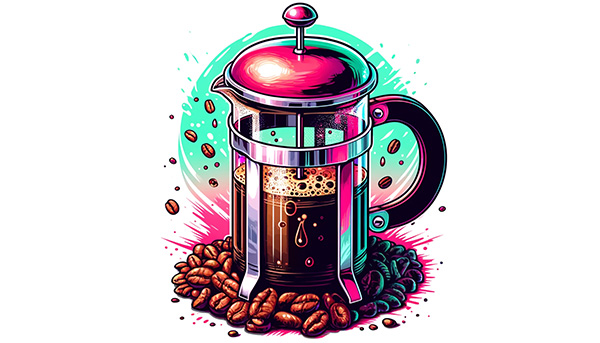
Let the coffee bloom for about 30 seconds. This permits the coffee to release its initial gasses, which in turn contributes to a more uniform extraction process.
Step 6: Add The Remaining Water
Following the bloom, gradually pour the remaining hot water into the French press, making sure all the grounds are completely immersed. Place the lid on the press with the plunger in the raised position, allowing the coffee to steep.
Step 6: Steep
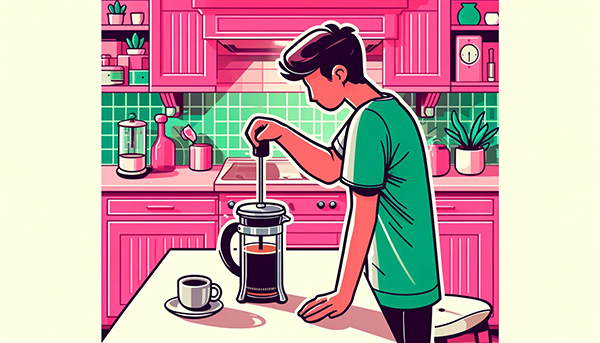
Let the coffee steep for approximately 4 minutes. Feel free to modify this steeping time according to your preference—increasing it will yield a bolder brew while reducing it will produce a milder cup. If the coffee sits too long, it will over-extract and result in very bitter coffee.
Step 7: Plunge And Pour
Once the steeping time elapses, exert gentle and consistent pressure while pushing down the plunger. Don't rush this action to prevent coffee grounds from entering the brewed coffee. When the plunger is fully depressed, your coffee is prepared for pouring.
Step 8: Serve Immediately And Enjoy

Pour the coffee immediately into the mug or canister of your choice. Leaving the brewed coffee to sit too long in the carafe will cause it to taste bitter. Since French press coffee is rich and full-bodied, it's often enjoyed without adding milk or cream. However, you can add any desired cream, sugar, or flavorings, and enjoy your perfect French press coffee!
Once you are done, be sure to clean the French Press. Most French presses can be cleaned with soap and water. The coffee grind should be emptied into the trash or compost bin.
Here Are Some Delicious French Press Recipes
French Press Cinnamon Vanilla Latte
Coarsely Ground Beans (4-6 Tablespoons)
Fresh, Filtered Water
Milk (1/2 Cup)
Vanilla Extract (1/2 Teaspoon)
Ground Cinnamon (1/4 Teaspoon)
Sweetener (Optional)
Vanilla Cinnamon French Press Coffee
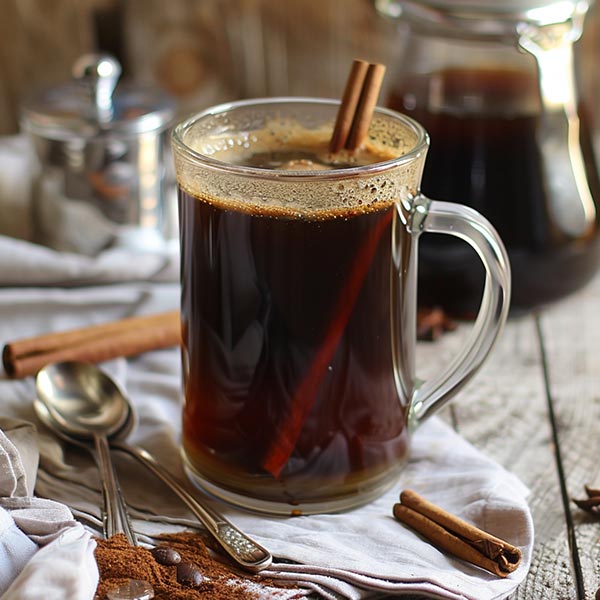
Coarsely Ground Beans (About 2 Tablespoons Per 6 Ounces Of Water)
Fresh, Filtered Water
1 Cinnamon Stick
1 Vanilla Bean (Split And Scraped)
French Press Mocha Mint Latte
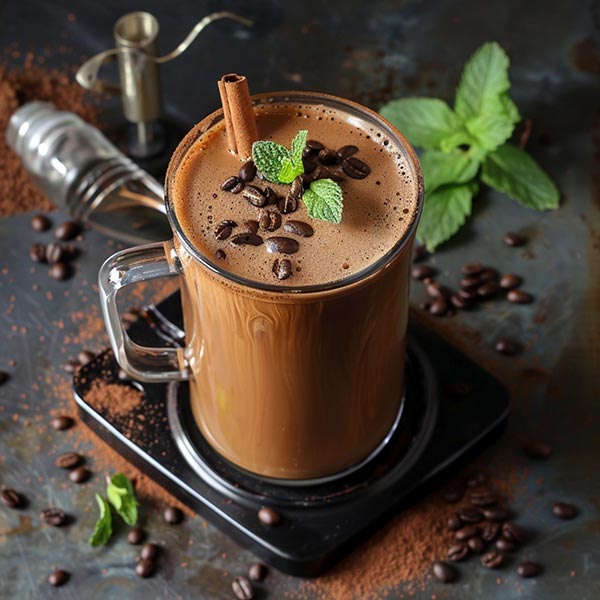
Coarsely Ground Coffee Beans (About 2 Tablespoons Per 6 Ounces Of Water)
Fresh, Filtered Water
2 Tablespoons Cocoa Powder
Milk (1/2 Cup)
Fresh Mint Leaves (About 4-5 Leaves)
Coconut Cardamom French Press Coffee
Coarsely Ground Beans (About 2 Tablespoons Per 6 Ounces Of Water)
Fresh, Filtered Water
2-3 Cardamom Pods (Crushed)
2 Tablespoons Unsweetened Coconut Flakes
FAQs
What Is The Ideal Coffee-To-Water Ratio For French Press Coffee?
A general rule of thumb is to incorporate two tablespoons of coarsely ground coffee for every 6 ounces of water. Tailor this proportion to align with your personal taste and the dimensions of your French press. You can experiment to find the balance that suits your desired strength.
Can I Use Pre-Ground Coffee For The French Press?
While freshly ground coffee is optimal for superior flavor, pre-ground coffee can also be a suitable alternative. Make sure the grind is coarser grind to prevent sediment from passing through the mesh filter and into your cup.
Why Is My French Press Coffee Sometimes Bitter?
Bitterness can result from over-extraction, which happens when coffee grounds steep for too long or when the water is too hot. Adjust your steeping time and water temperature to avoid over-extraction.
How Do I Prevent Grounds In My Cup Of French Press Coffee?
To minimize sediment in your cup, ensure you're using a coarse grind and that the plunger's mesh filter is clean and properly attached. Pouring slowly and gently pressing can also help minimize grounds escaping into the brew.
How Do I Clean My French Press?
Take apart the French press by detaching the plunger from the glass or metal container. Empty out the coffee grounds and wash the individual components under running water. To clean the mesh filter, you may use a brush. Ensure that all parts are completely dry before putting them back together.
